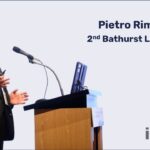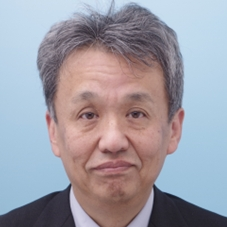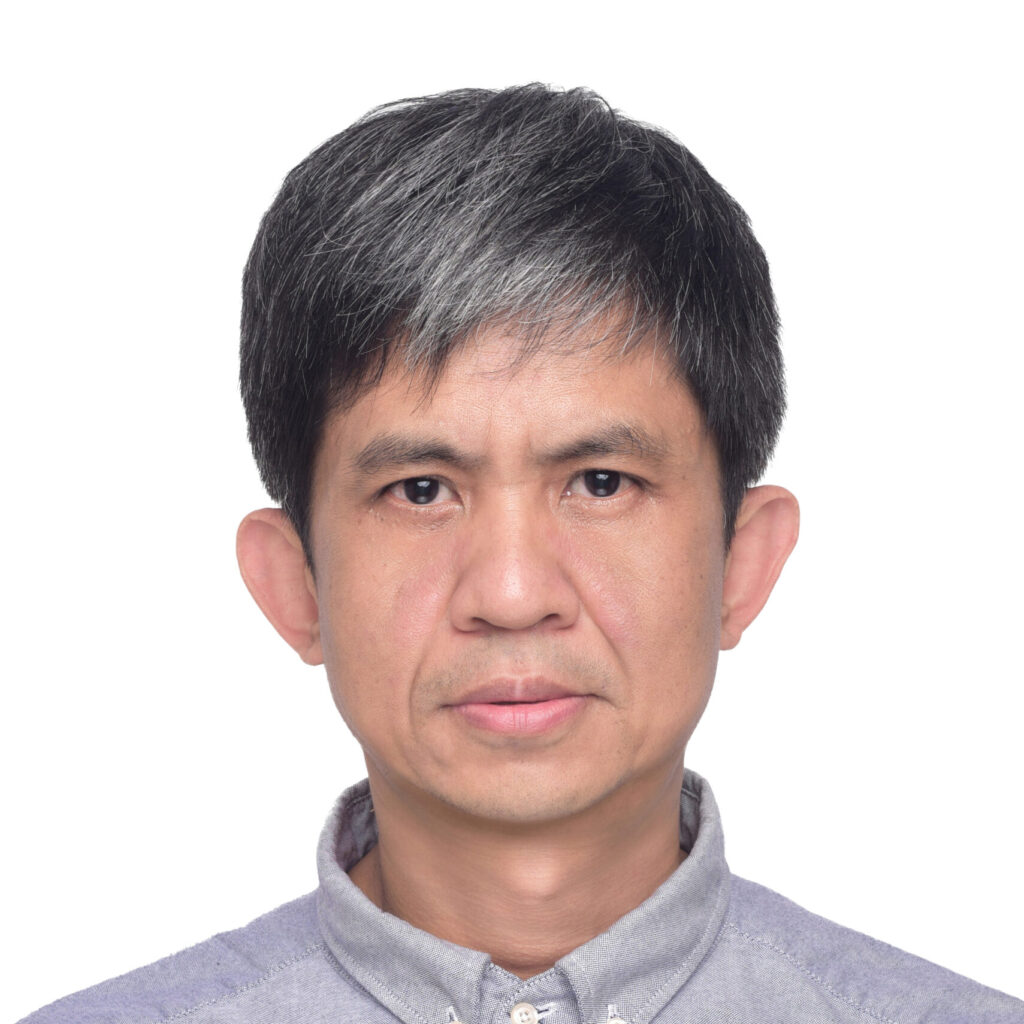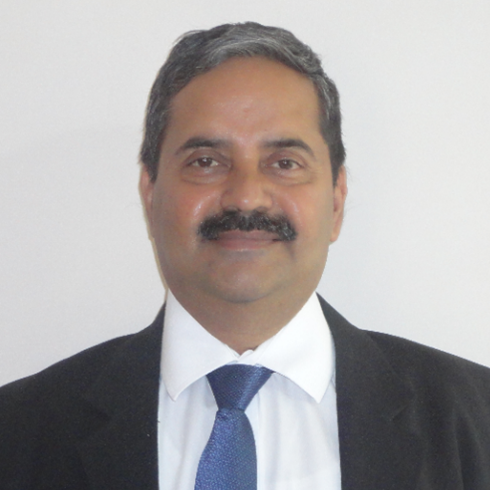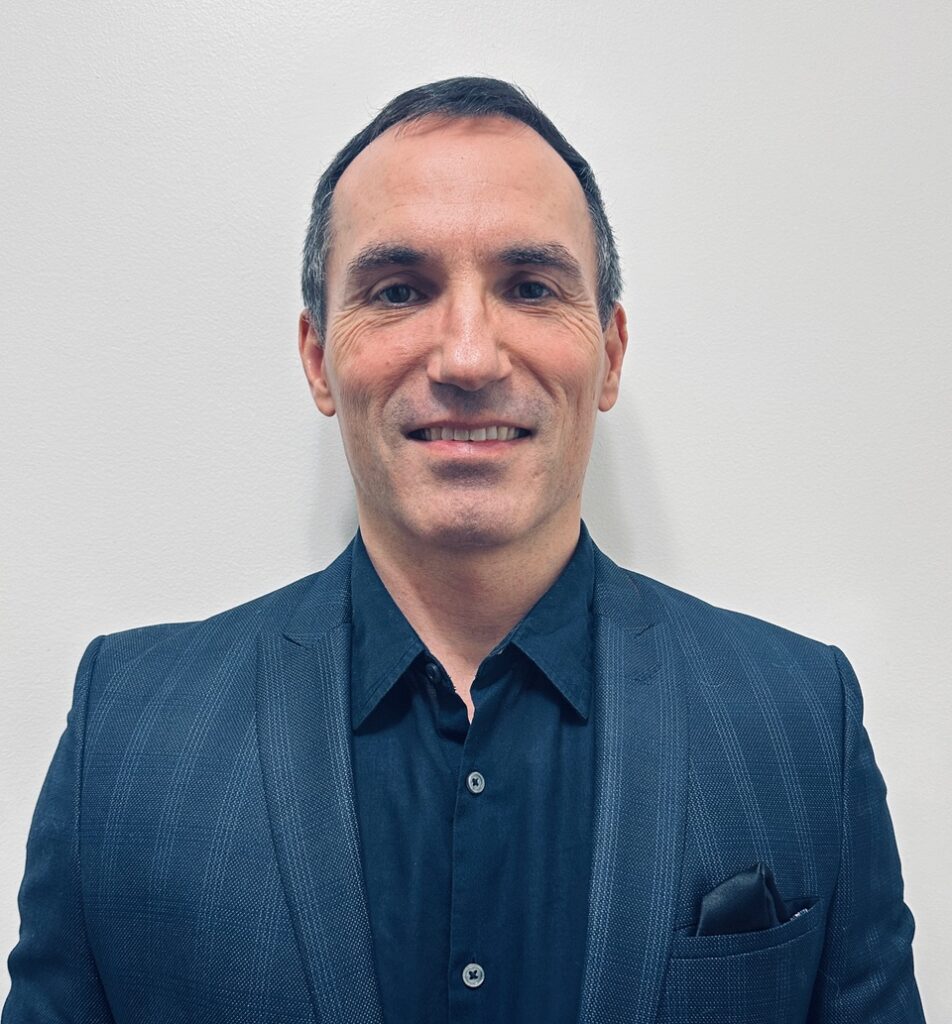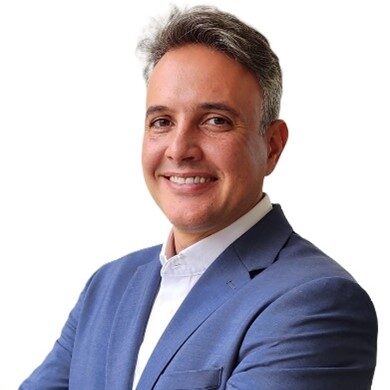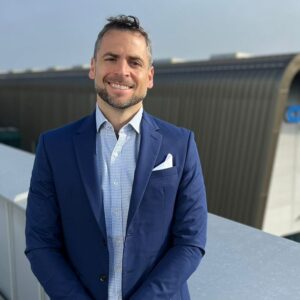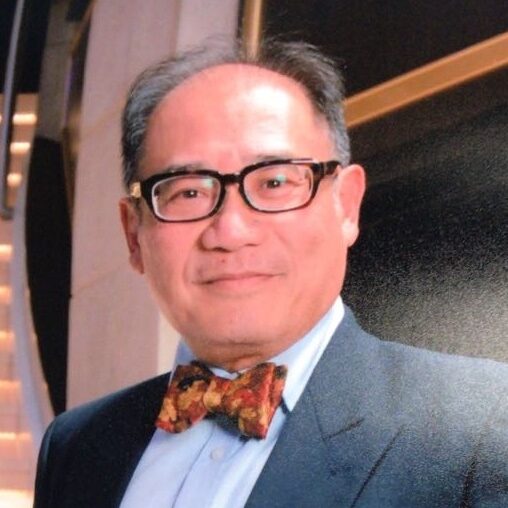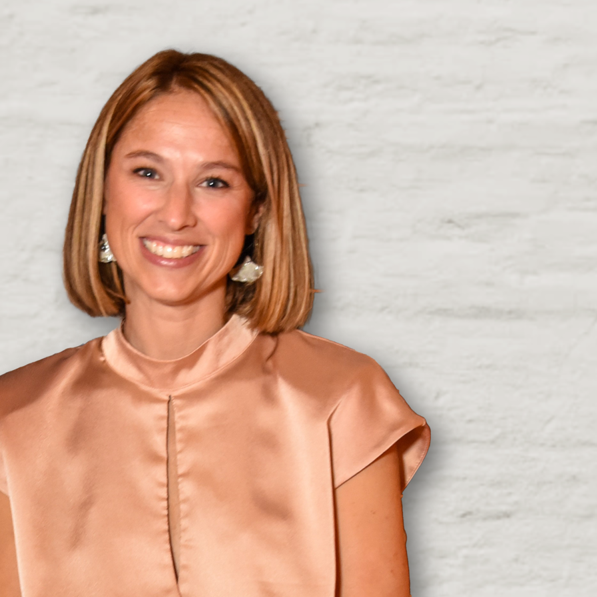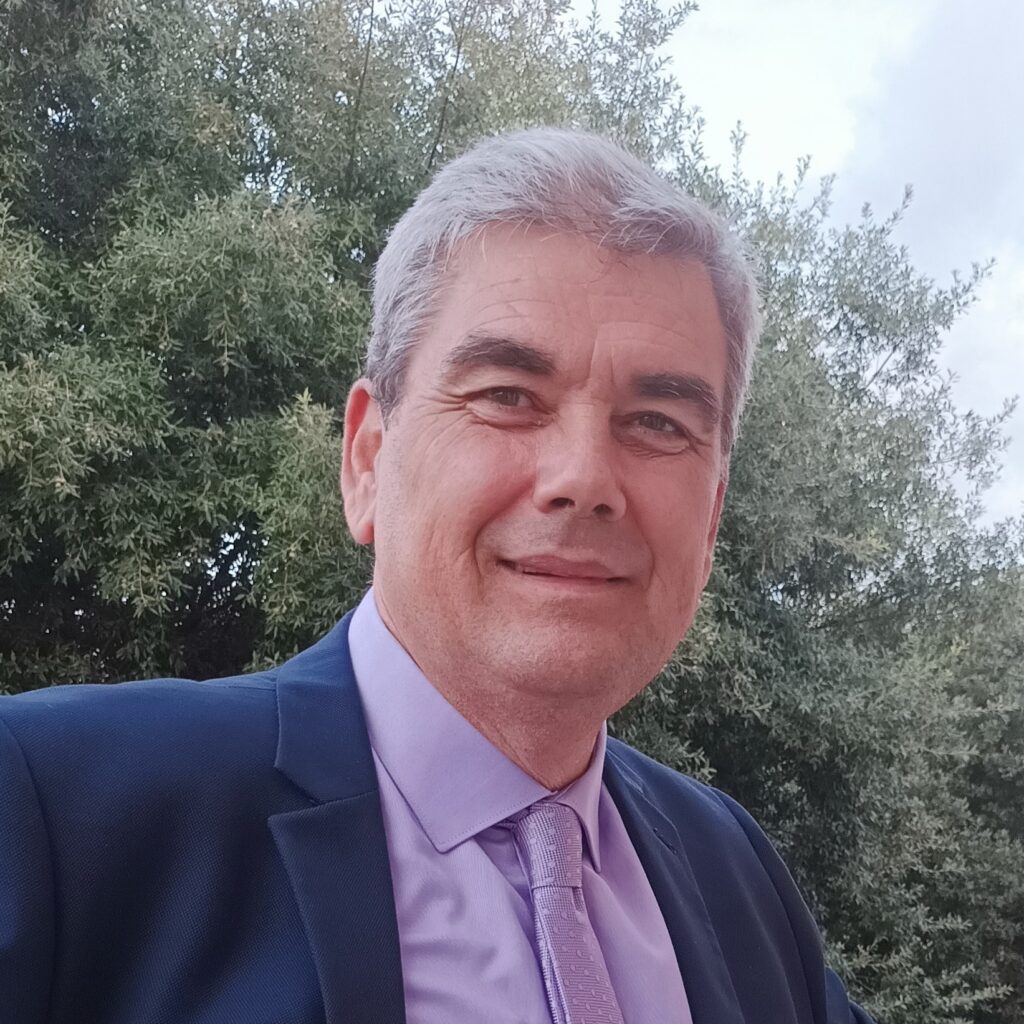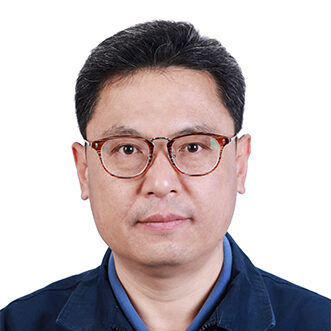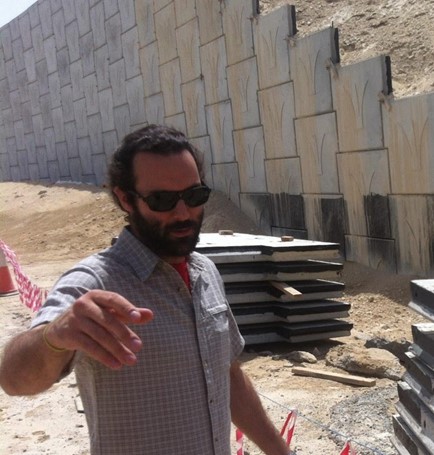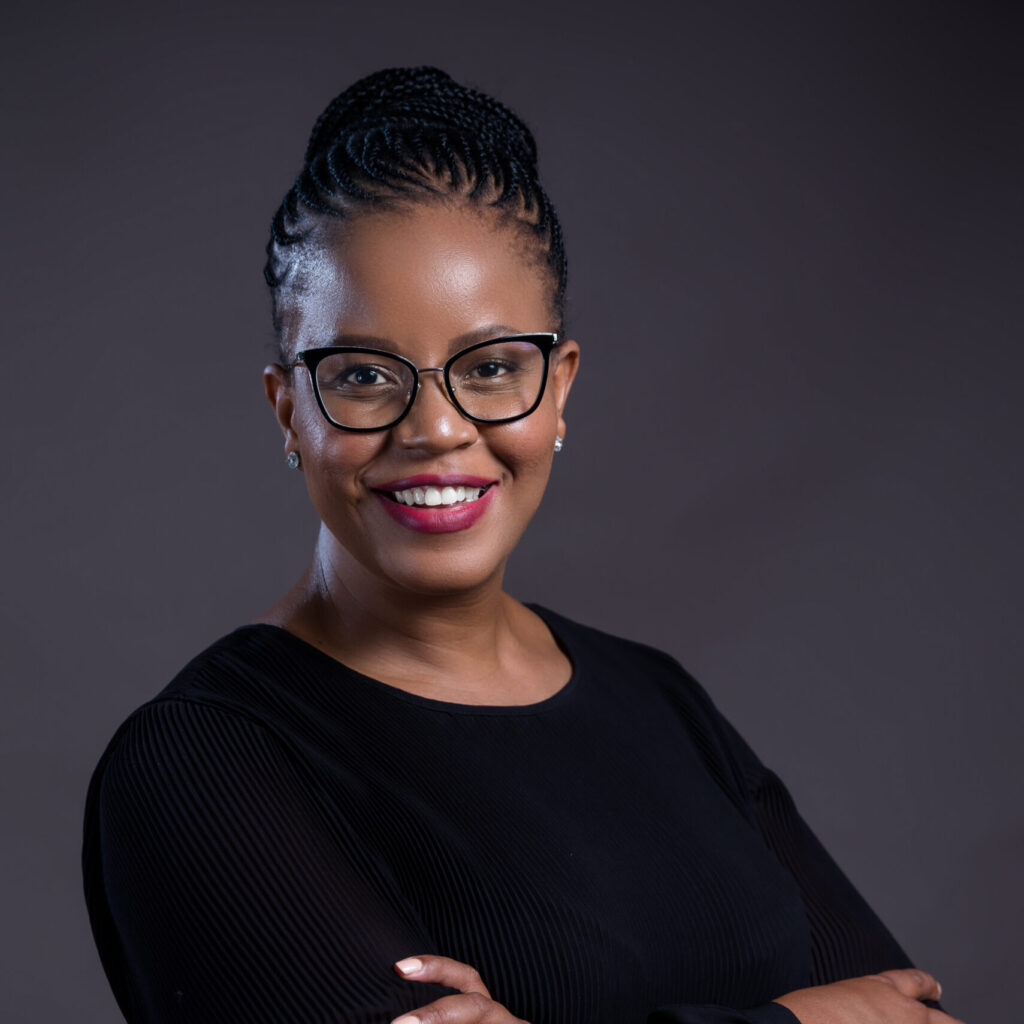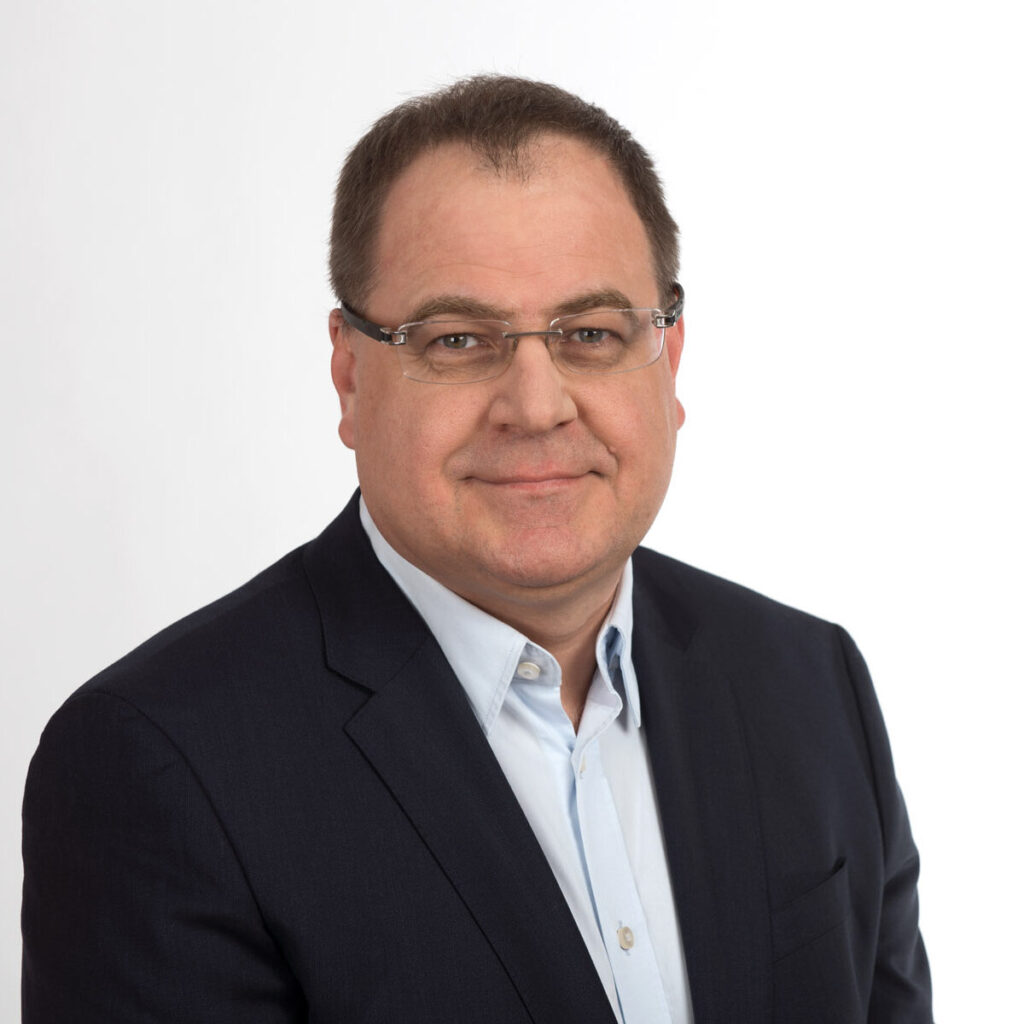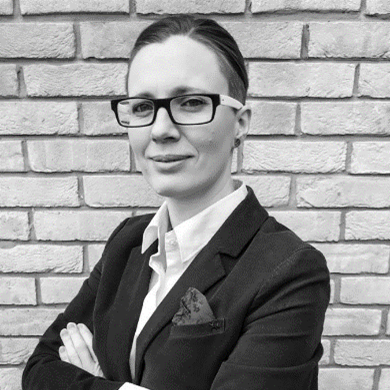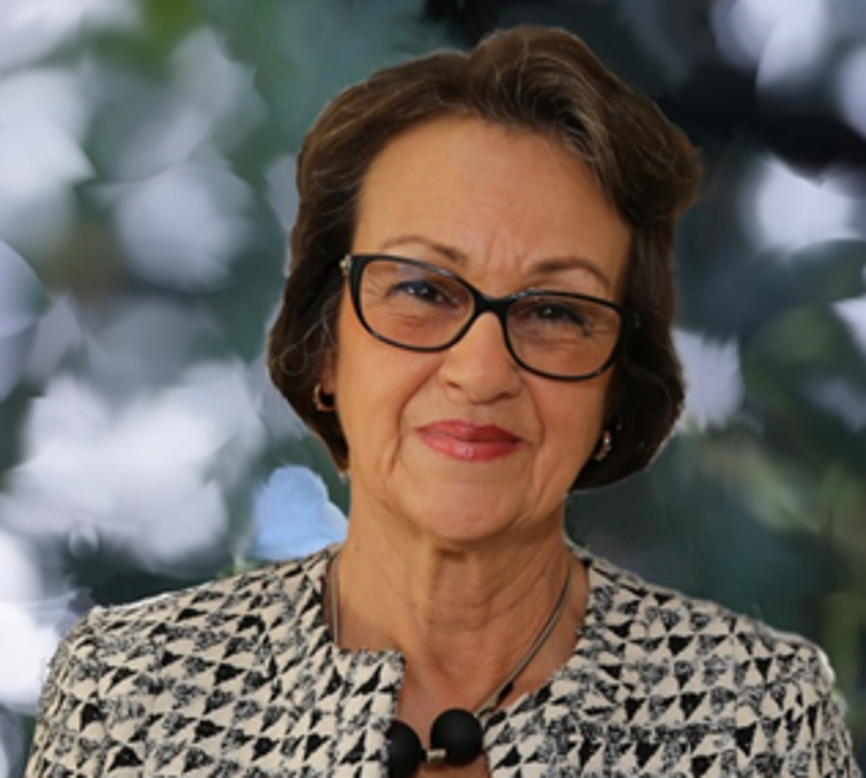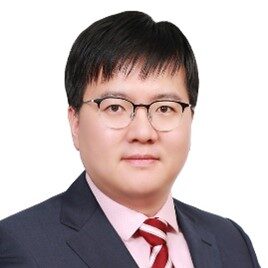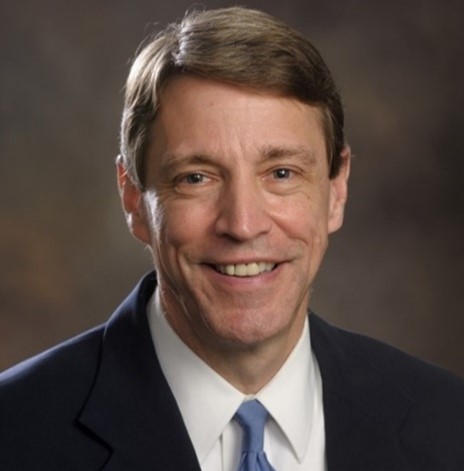 This year, IGS Romania celebrates more than three decades of championing geosynthetics in the region. Here, Chapter President Ernest Olinic, with input from Past President Professor Valentin Feodorov, talks about the 35-year milestone and the Chapter’s plans for the future.
This year, IGS Romania celebrates more than three decades of championing geosynthetics in the region. Here, Chapter President Ernest Olinic, with input from Past President Professor Valentin Feodorov, talks about the 35-year milestone and the Chapter’s plans for the future.
Congratulations on the anniversary. Tell us how IGS Romania came to be.
Thank you! The Romanian Geosynthetics Association (ARG) was founded in 1990 under the initial name Romanian Association of Geotextiles and Geosynthetics. Its main purpose was to promote the use of geosynthetic materials and support the development of their associated technologies.
In 1992, the General Assembly decided to change the name to the Romanian Association of Geosynthetics and elected Valentin Feodorov as President.
In 1996, ARG became the first organization in Eastern Europe officially recognized by the IGS, marking a key moment for increasing the international visibility of the association.
What have been the Chapter’s main activities over time?
Like many Chapters, we have several priorities, from education and outreach to advancing and supporting research, as well as organizing national and international events.
We have:
- Organized scientific seminars, conferences and national and international symposia, such as on applications of geosynthetics in municipal waste landfills, geosynthetic clay liners, and our national geosynthetics symposium, launched in 1998 and held annually.
- Launched competitions for scientific papers by students and PhD students, awarded by ARG and the IGS.
- Supported more than 20 PhD theses on topics in the field of geosynthetics.
- Initiating honorary doctorates to prominent industry personalities, such as JP Giroud and Kerry Rowe.
- Participating in international events, such as the EuroGeo conferences and the International Conference on Geosynthetics.
We’ve also organized workshops and camps for students, supported by renowned lecturers, and continue to promote the applications of geosynthetics in road infrastructure, environmental protection and other fields.
We also published a quarterly newsletter for our members, launched in 2002.
What about the technical side of the Chapter?
Yes, we regularly review standards for the use of geosynthetic materials in construction, and translated and adopted relevant European standards through ASRO Technical Committee CT 364.
We also created a ‘Geosynthetic Materials Manual’ for education and promotion, and have also been creating a database of technical expertise for members.
Please tell us a bit about the level of adoption, understanding and use of geosynthetics in Romania.
Generally it is average. There are designers who select geosynthetic materials by following specific design calculations but there are also situations when geosynthetic materials are selected based on a single criterion: price. We hope with greater work on education and knowledge, adoption will be based on more differentiating factors.
How has this developed over the last 30 years?
I believe that the steps were big around 30 to 50 years ago when several specialists analyzed and studied the use of geosynthetic materials. In terms of understanding their use, in recent years we have reached a plateau.
Where are the challenges for greater adoption?
Selection of geosynthetic materials following specific design calculations, correct installation, monitoring. There are still projects in which these stages are insufficiently treated.
Where are the opportunities?
The large transportation (roads, highways and railways) projects currently underway in Romania, and the solid waste landfills.
You have a major conference coming up – GeoSint 2025. Tell us something about that.
Yes, our 4th Romanian Conference on Geosynthetics is the first GeoSint for 18 years and is themed ‘Celebrating the 35th anniversary of the Romanian Geosynthetics Association‘. As well as an exciting technical programme and exhibition, the conference will include commemorative events including a journey through time about the use of geosynthetic materials in Romania, and the history of IGS Romania from its formation to the present day.
It takes place in Bucharest on April 3-4, 2025, at the University of Technical Engineering Bucharest, at Aula Magna. Speakers so far include IGS President Samuel Allen, Daniele Cazzuffi, Patricia Guerra-Escobar, and Martin Ziegler.
What does the future hold for the Chapter?
We would like to develop technical committees for innovative solutions in the environment and infrastructure, organize more large-scale events, such as GeoSint, and implement an online library for expanded access to educational resources.
Where can people find out more about IGS Romania?
Please visit our website here. You can also read more about the conference here.



